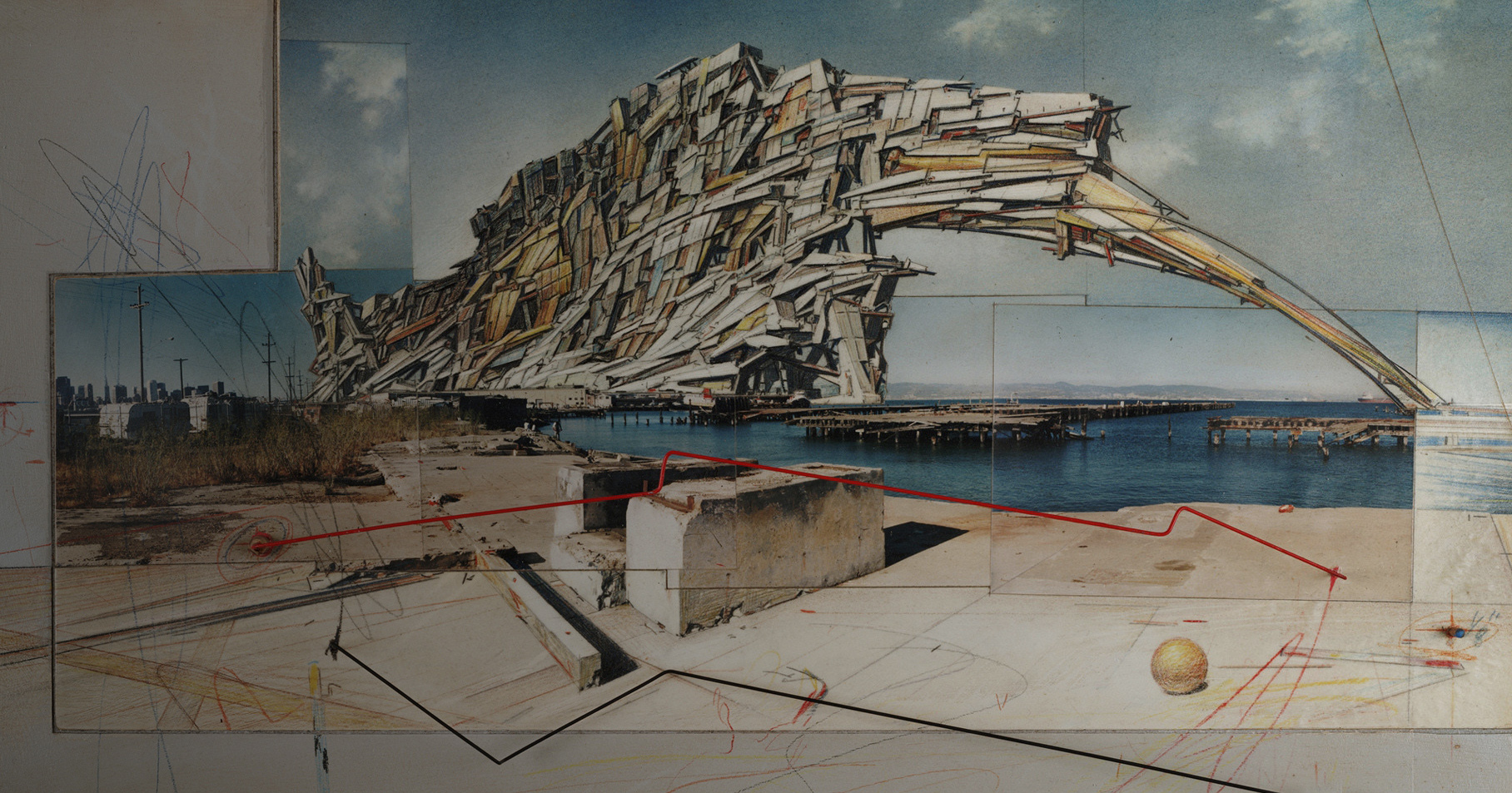Architects: Showcase your projects and find the perfect materials for your next project through Architizer. Manufacturers: To connect with the world’s largest architecture firms, sign up now.
It is possible to view the astonishing work of the late architect and artist Lebbeus Woods in the real world thanks to the construction of the Light Pavilion, exploding from a void within Steven Holl’s Sliced Porosity Block. However, this sage of conceptual architecture is most well-known for his unbuilt ideas. Many of these were published online from 2007 to 2012 in the form of sketches, drawings and blog posts ranging from architectural criticism to full-blown theses on contemporary urban conditions.
These sketches are now available in print courtesy of a book by Princeton Architectural Press entitled Slow Manifesto: Lebbeus Woods Blog. This comprehensive collection of articles and images constitutes a significant contribution to modern architectural theory, and forms ample inspiration for the One Drawing Challenge — an ideas competition that could win you $2,500 and a host of other prizes.

Solohouse, 1988–89; courtesy of the Estate of Lebbeus Woods
“Woods, it seemed to me, was working through on the keyboard the same issues he was hashing out with his pencil,” muses architectural critic Christopher Hawthorn. “The same subjects and preoccupations that animate Woods’ work on paper or stand at the heart of his career-long, largely solitary, and often underappreciated effort to broaden the traditional, hidebound definition of what architecture is and architects do.”

Aerial Paris, 1989; Aeroliving Labs: a community of heavier-than-air structures in the air over Paris; they drag immense sheets of lightweight material through the earth’s magnetosphere; courtesy of the Estate of Lebbeus Woods.
The blog includes a number of Woods’ characteristically enigmatic illustrations including experimental inhabited structures over Paris — part of a blog post entitled Fluid Space — and an undulating landscape of slum-like dwellings in the Korean Demilitarized Zone (below).

DMZ, from Terra Nova, 1988; courtesy of the Estate of Lebbeus Woods
Lebbeus’ writings include some personal critiques of some of today’s most well-known architects. “Frank Gehry certainly knows how to breathe new life into an old idea,” he asserts, calling the Canadian-American “the undisputed master in our time of architectural styling.”

City of Water, 1981; courtesy of the Estate of Lebbeus Woods
He also wrestles with mixed feelings on Zaha Hadid, lamenting her design for the Aquatics Center in London: “I feel abandoned and bereft because one of the most gifted architects of my time has been reduced to wrapping a conventional program of use in merely expressionistic forms, without letting a single ray of her genius illuminate the human condition.”

Lost and Found 6, 1973; courtesy of the Estate of Lebbeus Woods
For the full collection of blog posts and many more of Woods’ stunning sketches, you can purchase the book by clicking here.
Now show us what you can do: Register for the One Drawing Challenge and submit your best architectural drawing for a chance to win $2,500!
Enter the 2019 One Drawing Challenge
Top image: Lebbeus Woods, San Francisco Project: Inhabiting the Quake, Quake City, 1995






 Sliced Porosity Block
Sliced Porosity Block 


